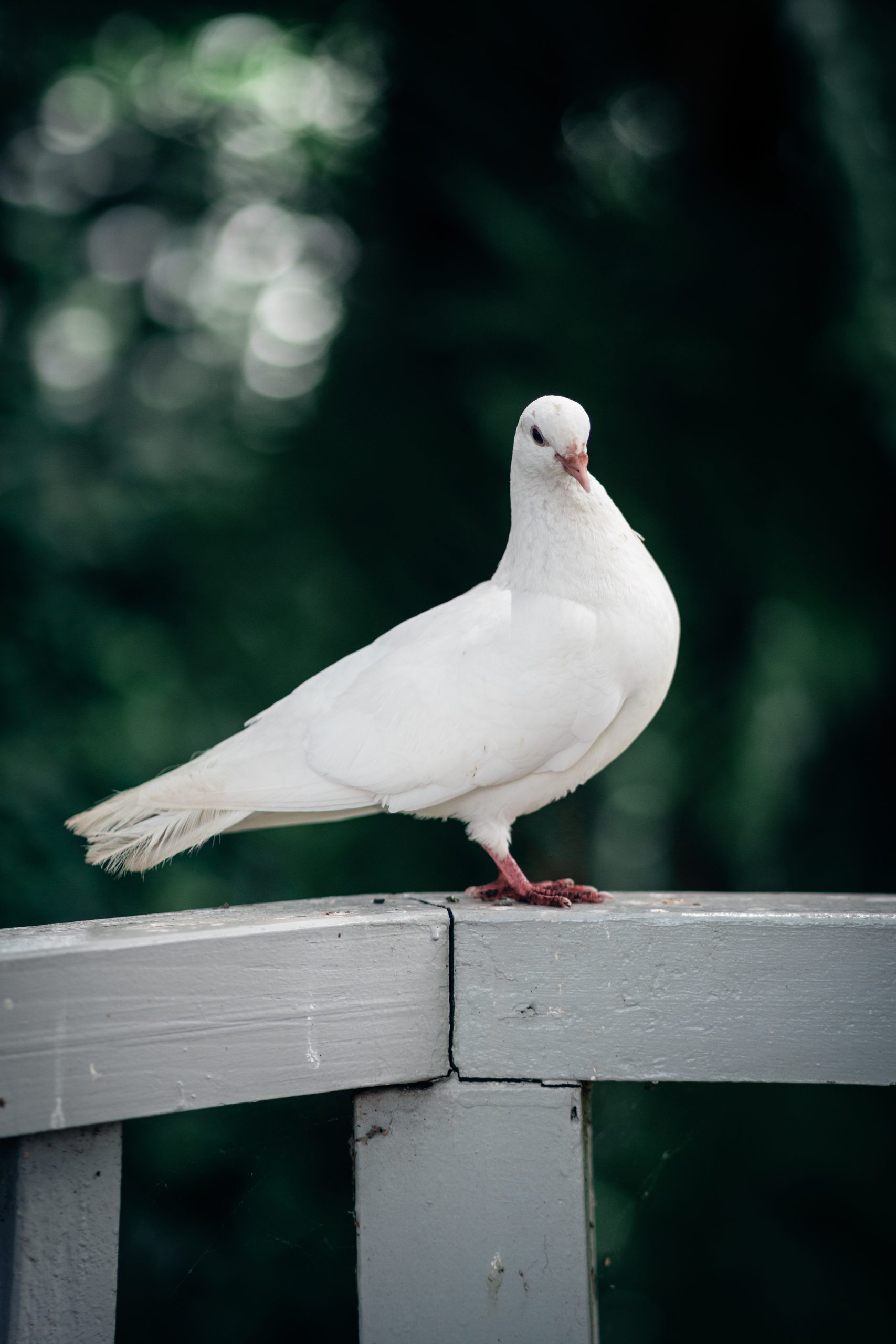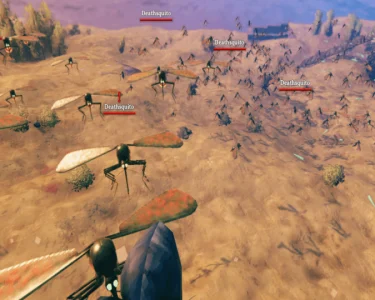Doves are known for their peaceful and gentle nature, but these birds also have a complex system of communication. Understanding the different calls and body language of doves can help us better understand these social creatures and the way they interact with each other. In this article, we’ll explore how doves communicate and the various signals they use to convey different messages.
Types of Dove Calls
Doves use a variety of vocalizations to communicate with each other. The most common call is the coo, a soft and gentle sound that doves use to attract mates and communicate with their young. This call can vary in pitch and tone, depending on the situation and the bird’s emotional state.
Doves also use warning calls to alert each other to potential dangers or threats. These calls are often loud and repetitive, and may be accompanied by other forms of body language like flapping wings or puffing up feathers. Additionally, doves may use calls to establish their territory or to communicate with other birds in their flock.
Body Language of Doves
In addition to vocalizations, doves also use body language to communicate with each other. For example, when doves are feeling threatened or defensive, they may puff up their feathers and fan out their tails to appear larger and more intimidating. Conversely, when doves are feeling relaxed and content, they may fluff up their feathers to appear soft and cuddly.
Doves also use physical touch to communicate with each other, often nuzzling and preening each other as a sign of affection or bonding. Additionally, doves may use various forms of body language like head-bobbing or wing-flapping to communicate different emotions or messages to each other.
Implications for Understanding Dove Behavior
Understanding the different calls and body language of doves can have important implications for understanding their behavior and social dynamics. For example, researchers have found that doves may use calls to establish their dominance within a flock, or to communicate with potential mates during courtship rituals. Additionally, understanding the body language of doves can help us better identify when these birds are feeling stressed, anxious, or ill, and may require additional care and attention.
Conclusion
Doves are fascinating creatures with a complex system of communication that includes both vocalizations and body language. Understanding the different calls and signals that doves use to communicate with each other can help us better understand these birds and the way they interact with their environment. As with any animal behavior, it’s important to approach the study of dove communication with care and respect, using ethical and responsible research methods.
As a journalist, it’s important to note that this article was based on research from reputable sources, including avian behavior experts and ornithologists. It’s always important to verify information and use reliable sources when reporting on topics like animal behavior, in order to ensure accuracy and avoid misrepresentations.




